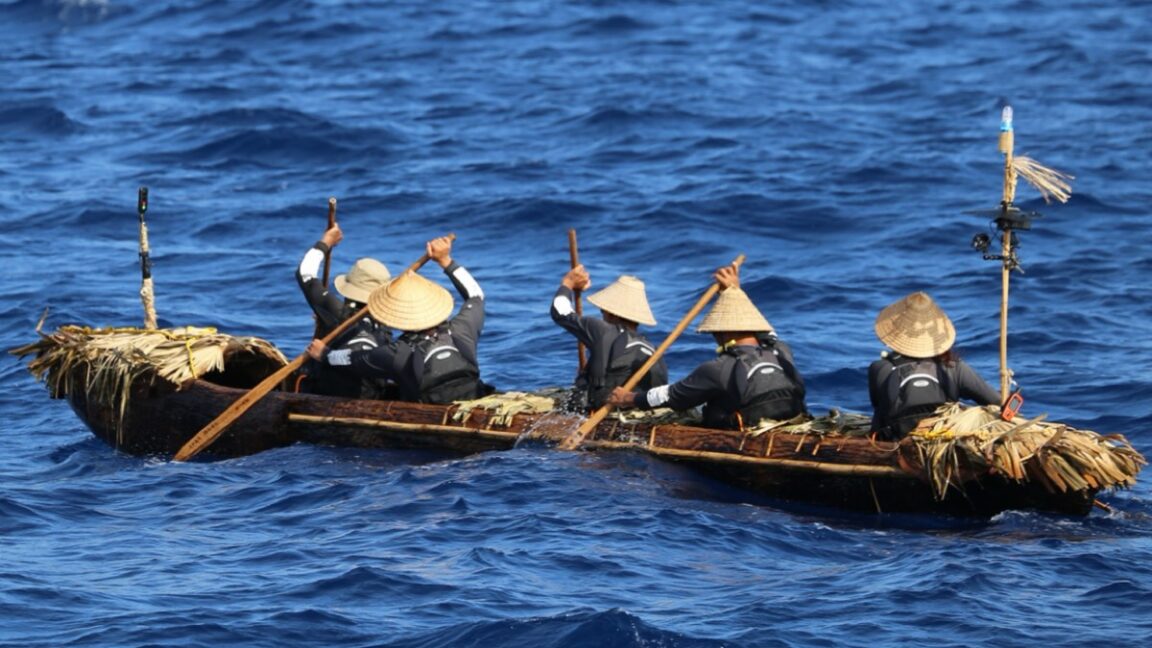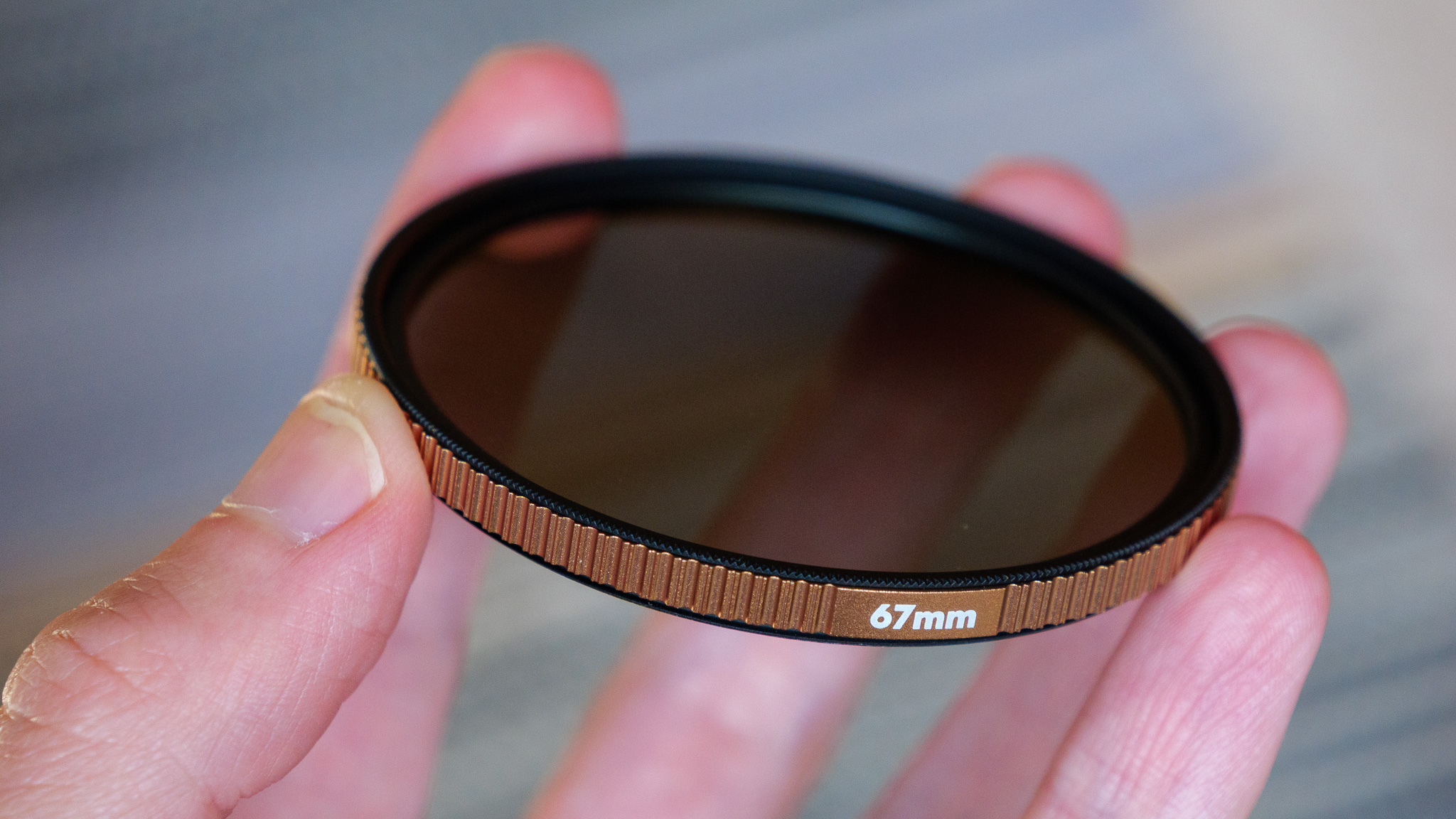45-hour voyage in replica canoe tests Paleolithic migration theory
"How did Paleolithic people arrive at such remote islands as Okinawa? What tools and strategies did they use?"

Earlier this week, we reported on a Swedish archaeologist who spent the last three years sailing the fjords in a replica boat similar to those the Vikings may have used. Not to be outdone, Japanese researchers have followed suit, building their own seaworthy dugout canoe with Paleolithic-era tools to cross between Taiwan and Yonaguni Island, where one of the world’s strongest ocean currents, the Kuroshio, remains active.
They presented their findings in two new papers published in the journal Science Advances. One describes the experimental trial, and the other involves numerical simulations to investigate the general conditions needed for the crossing. The successfully re-enacted voyage suggests that early modern humans likely had a high level of strategic seafaring knowledge. (You can watch a 90-minute documentary about the voyage here.) This would explain the presence of archaeological evidence that Paleolithic people made the crossing some 30,000 years ago without the aid of maps, metal tools, or modern boats.
“We initiated this project with simple questions: ‘How did Paleolithic people arrive at such remote islands as Okinawa? How difficult was their journey? And what tools and strategies did they use?’” said co-author Yousuke Kaifu of the University of Tokyo. “Archaeological evidence such as remains and artifacts can’t paint a full picture as the nature of the sea is that it washes such things away. So we turned to the idea of experimental archaeology, in a similar vein to the Kon-Tiki expedition of 1947 by Norwegian explorer Thor Heyerdahl.”































